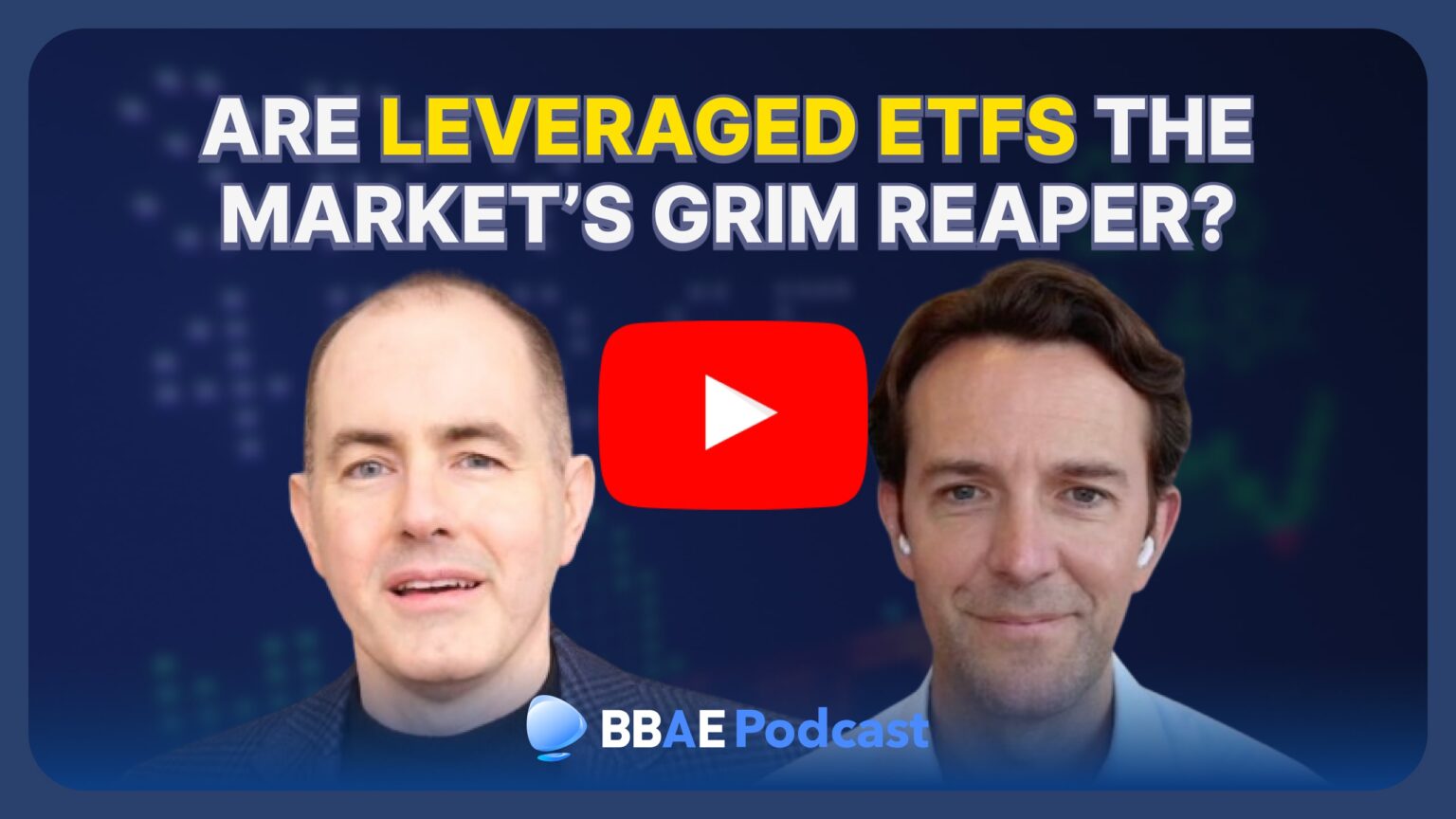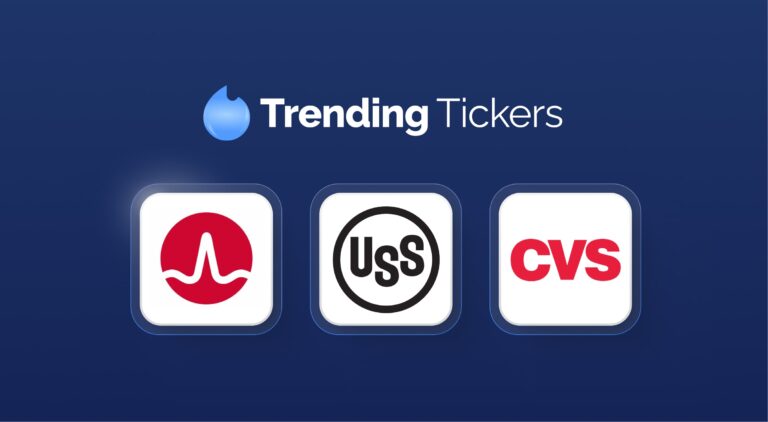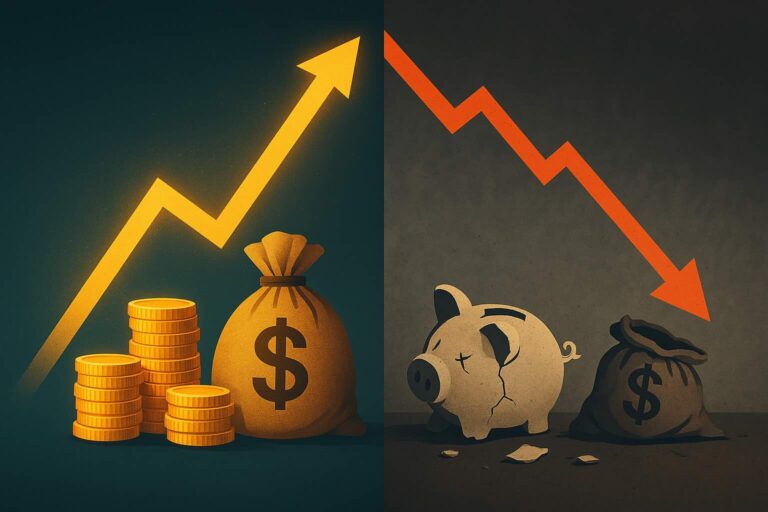Are Leveraged ETFs Good for Humanity?
Are leveraged ETFs good for humanity?
That was the key question I posed to GraniteShares CEO Will Rhind.
It was one of the most interesting interviews I’ve done in a while – interesting not just to learn about leveraged ETFs, but because it’s possible to take wildly different perspectives on them.
From one perspective, they’re designed to turbocharge day trading, and I’ve seen them called “the market’s crack cocaine,” “the market’s junk food,” and similar derogatory terms for aiding and abetting what seems more like market gambling than investing.
From another perspective, we generally want to strive for free markets unless there’s a clear “social good” reason for markets to not be free.
From yet another perspective, leveraged ETFs – at least those on underlying broad market indexes – have arguably gotten a bad rap as buy-and-hold investments, as I mentioned in my recent BBAE piece.
Anyway, Will and I discussed both the core selling points of and the core objections to leveraged ETFs. He’s a free-market guy, unsurprisingly, and feels they’re a worthy addition to the investor toolkit.
We discussed the path dependency of leveraged ETF returns, GraniteShares’ increasingly popular HIPS high-yield ETF (and why its 1.99% expense ratio is justified), gold and AI ETFs, and more. You’ll like our discussion.
Click here or the image below to watch.

This article is for informational purposes only and is neither investment advice nor a solicitation to buy or sell securities. All investment involves inherent risks, including the total loss of principal, and past performance is not a guarantee of future results. Always conduct thorough research or consult with a financial expert before making any investment decisions. Neither the author nor BBAE has a position in any investment mentioned.













